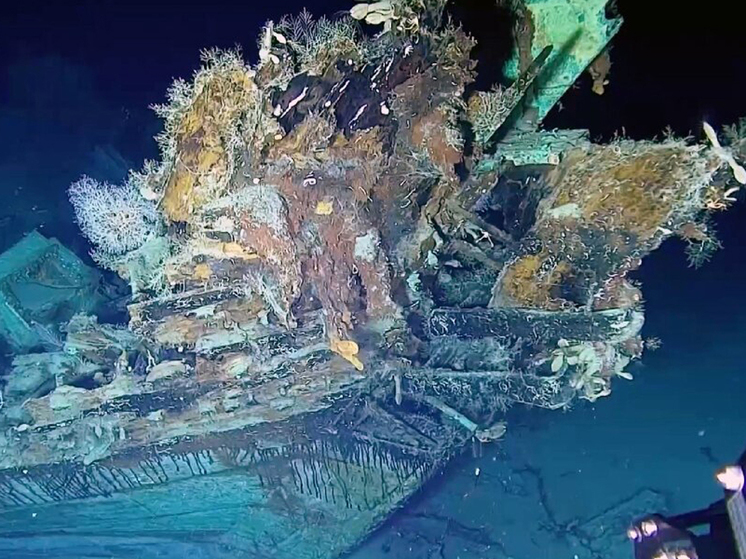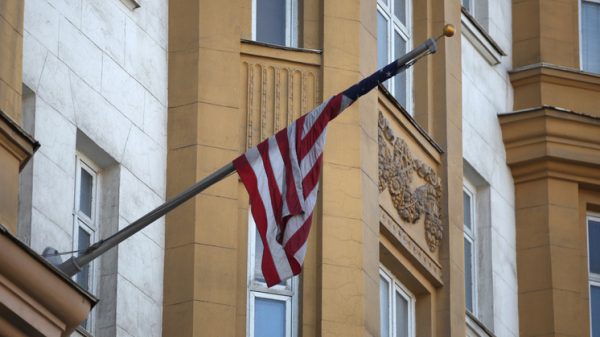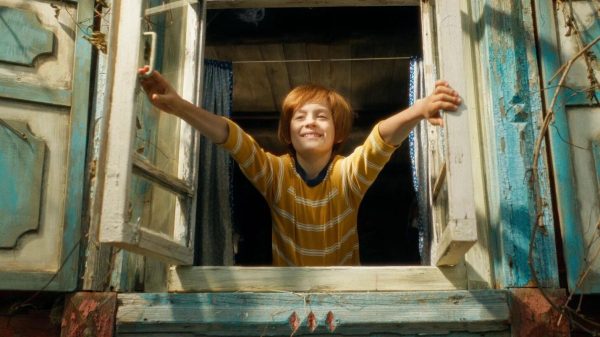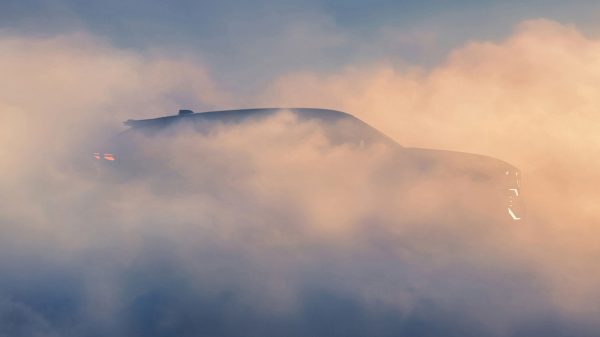The exact location of the lost ship is a state secret
Ever since the Colombian naval forces discovered the final resting place of the Spanish galleon «San Jose» in 2015, its location remaining a state secret, the wreck — and its valuable cargo — remained deep under the waters of the Caribbean Sea. Now plans have been announced to raise the ancient ship.
 Photo: Armada Nacional de Colombia
Photo: Armada Nacional de Colombia
Efforts to salvage the ship and return its valuable cargo have been embroiled in a complex series of international legal disputes, with Colombia, Spain, indigenous groups in Bolivia and a US salvage company laying claims to the wreck and gold, silver and emeralds located on board, were estimated at as much as 17 billion dollars.
According to The Guardian, when Colombia tried to auction off some of the loot to cover the colossal cost of retrieving the ship, UNESCO and the country's highest courts intervened.
But eight years after the discovery, officials now say they are pushing back politics aside and can begin to recover artifacts from the “holy grail of shipwrecks” already in April.
“There is a strong opinion about the galleon as a treasury. We want to turn this page,” says Algena Caicedo, director of the Columbia Institute of Anthropology and History. — We don't think about treasures. We are thinking about how to access historical and archaeological information on site.
As The Guardian tells it, "San Jose" was returning to Europe with treasure that would help finance the War of the Spanish Succession when she was sunk by a British squadron in 1708 near the Caribbean port city of Cartagena.
Historians say studying this shipwreck could help us learn a lot about the Spanish Empire at the height of its power – and about the shared, overlapping histories of Europe and Latin America.
Eventually, Caicedo's team hopes to raise the wreck itself and put it on display in a purpose-built museum where visitors can explore “all the secrets of the ocean floor” she said.
But as the expedition continues to explore the site, the scale and complexity of the task become increasingly clear.
Few ships like the San Jose have ever been found — and none of them has never been recovered from warm tropical waters.
“This is a huge challenge, and it is not a project that has many precedents. In a sense, we are pioneers,” Caicedo said.
The closest comparison would probably be with the Mary Rose, the flagship of Henry VIII's fleet, which sank in 1545 during a battle with a French fleet off the coast of Portsmouth.
This 16th-century wreck has been explored by hundreds of divers – many of whom were volunteers – for ten years before they were carefully raised in 1981. The surviving part of the ship's hull is now on display in a museum worth £35 million ($45 million).
The Colombian Navy is studying the Mary Rose. and other similar marine conservation projects to see how they could raise and preserve the 40-meter long ship and its contents without it all crumbling to dust.
“"San Jose" ; — a very, very special ship. It can be compared to ”Mary Rose" in the sense that it operated at the peak of Spanish technology and shipbuilding,” says Anne Coates, associate professor of maritime heritage at the University of Portsmouth. – There are so many questions that “San Jose” could help answer!”
Cargo «San Jose» includes glass, porcelain and leather, and historians hope the cargo will help them better understand 18th-century global trade networks, Spain's complex colonial hierarchy and the lives of the 600 people on board.
But while "Mary Rose" lay in the cold coastal waters, «San Jose» sank in deep tropical waters, which were likely harsh on the ship and could have made recovery one of the most expensive and difficult in history.
“The contents are truly varied and we have no idea how the response will be remains when they come into contact with oxygen. “We don’t even know if it’s possible to lift something out of the water,” admits Caicedo.
The exact location of the wreck is a state secret to protect the site from looters, but Colombian authorities have said it lies 600 meters (2,000 feet) below sea level – too far for divers.
Nations' militaries are now developing underwater robots that will first photograph, video and map the wreckage before making a thorough attempt to retrieve it.
The exact amount that can be recovered from a wreck will depend on a variety of factors: currents, sea temperatures, the type of mud in which the wreck is submerged, how the ship's 60 bronze cannons sank to the seabed, and even what creatures now inhabited, says Alex Hildred, director of the Mary Rose research program.
“It was also set on fire, says Hildred. — Raising a ship and creating a museum will be really difficult, really expensive and incredibly exciting … And then, everyone wants to get at least something from this. It's just a nightmare”.
The ship's international connections mean that historical research has so far been stalled by international litigation over who is its rightful owner.
Although the wreck was found in Colombian waters, Spain claimed that " ;San Jose" was part of the Spanish fleet and was returning from what was then part of the Spanish Empire.
Meanwhile, US salvage company Sea Search Armada (SSA) is embroiled in a legal battle with Colombia, claiming it has located the area where the San Jose sank. in 1981. The SSA argued that Colombia agreed to share any profits, but in 2011 a US court declared the galleon to be the property of the Colombian state.
Indigenous communities in Bolivia have also laid claim to any possible wealth, arguing that their ancestors likely mined the silver and gold used in many of the treasures.
Colombia's Ministry of Culture says the government independently funded the first phase of research to the tune of $7.3 million and will not sell any of the precious artifacts, as UNESCO said in 2018.
“Money has always been the driving force in the history of San Jose. The British wanted to seize it to deprive Spain of money, then the money on board led to an archaeological search for the wreck, Coates said. “Then the disputes interfered with the study of the ship. It would be nice if money wasn't the driving force this time and there could be a big cultural collaboration to explore this properly.


























































Свежие комментарии